China Successfully Tests the World’s Largest Inflatable Flying Wind Turbine

The airship-like S1500, the world’s largest flying wind turbine, recently became the first device of its kind to generate one megawatt of power during a test flight. Wind turbines are already a big part of China’s big bet on renewable green energy, but the Asian country is always looking to lower the cost and increase […]
In China, You Need to Watch Ads to Get Toilet Paper at Public Toilets

Videos featuring smart toilet paper dispensers that require people to watch short ads to receive toilet paper strips in public toilets have gone viral in China. Ever since it started its new era of booming national tourism, China has experimented with ingenious ways of preventing toilet paper waste. Back in 2017, international news outlets reported […]
The World’s Cheapest Computer Case Only Costs the Delivery Fee
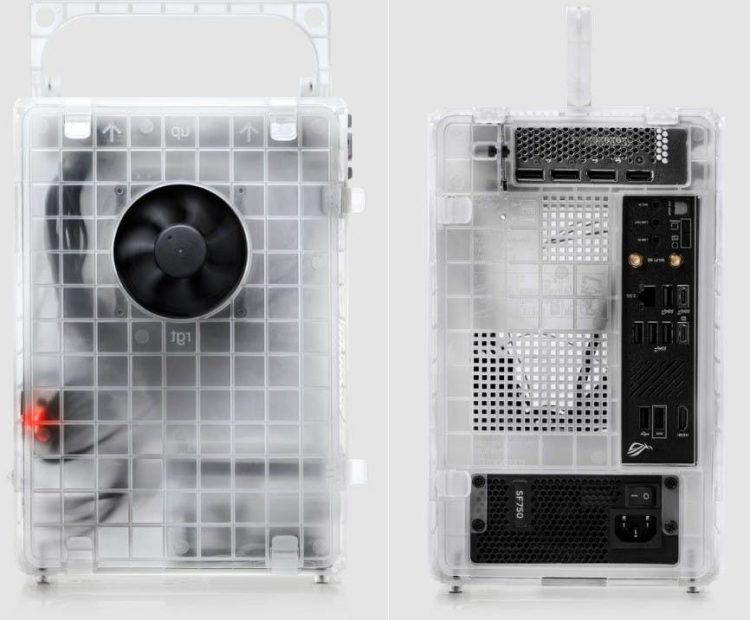
Swedish consumer electronics company Teenage Engineering recently launched the world’s cheapest PC case, which only costs the fee to have it delivered to the customer. The Computer-2 isn’t the world’s most innovative, durable or attractive-looking case, but it is by far the cheapest! You basically get it for free, as long as you cover the […]
World’s First Humanoid Pregnancy Robot Sparks Controversy in China

Reports about the world’s first-ever humanoid surrogate robot nearing completion at a robotics company in China have sparked controversy about the potential ethical implications of such a device. On August 8th, Chinese science and technology media outlet Kuai Ke Zhi published an interview with Zhang Qifeng, a PhD at Nanyang Technological University in Singapore and […]
Autonomous Bipedal Robot Can Change Its Own Batteries, Work 24/7
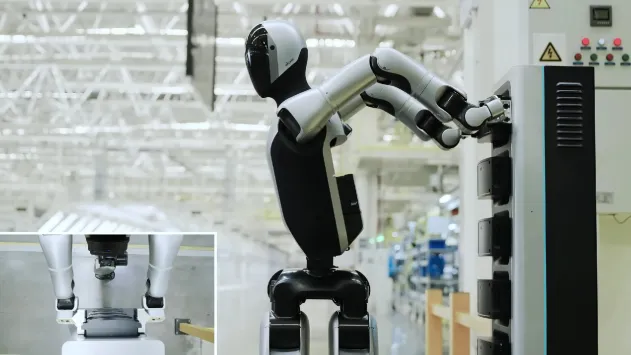
The Chinese-made Walker S2 humanoid robot is the world’s first industrial robot that can replace its own battery, allowing it to operate 24 hours a day, 365 days a year. Unveiled earlier this month by Chinese robotics company UB Tech Robotics, the Walker S2 has been attracting a lot of attention because of its unique […]
Avatar-Like Capsule Interface Allows Anyone to Control a Robot Remotely
Japanese tech company H2L has created a capsule-like device that allows anyone to remotely control a robotic avatar just like in James Cameron’s namesake blockbuster. Imagine sitting comfortably in one of those state-of-the-art massage chairs and being able to perform most of your daily house chores by remotely controlling a robotic avatar. it sounds like […]
Chinese Scientists Unveil Mosquito-Sized Surveillance Drone
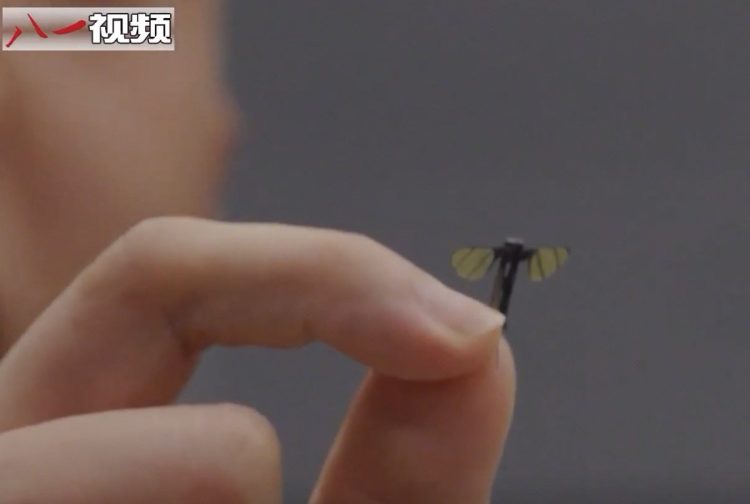
Scientists at a robotics laboratory at the National University of Defence Technology (NUDT) in central China’s Hunan province recently unveiled a tiny insect-like drone suitable for surveillance and reconnaissance missions. Revealed to the general public on CCTV 7 (China Central Television’s military channel), the tiny drone featured flapping wings and hair-thin legs, making it almost […]
Morphing Drone Can Seamlessy Switch Between Flying and Driving Mode
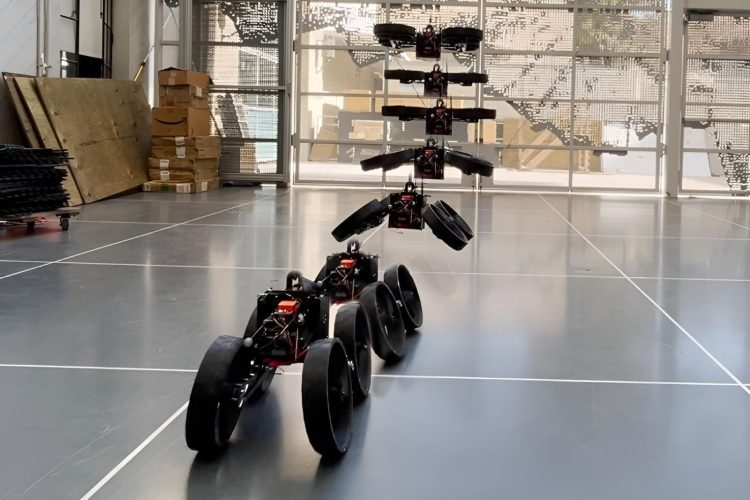
Engineers at the California Institute of Technology (Caltech) have developed a transformer-like drone that can easily switch from aerial to ground driving mode in midair. Dubbed ATMO (aerially transforming morphobot), the innovative drone developed by Mory Gharib and Ioannis Mandralis of Caltech is capable of something that the aerospace industry has been struggling to deal […]
Car Dealership Introduces Humanoid Robot Staff

China’s Chery Automobile brand recently introduced Mornine, a humanoid robot designed for use in car dealerships, at one of its Malaysian dealerships. Originally designed as a digital character meant to connect with the young generation by leveraging concepts like the metaverse and social media, Mornine evolved into a humanoid robot that can interact with customers […]
Aether Clock OC 020 – The World’s Most Accurate Clock
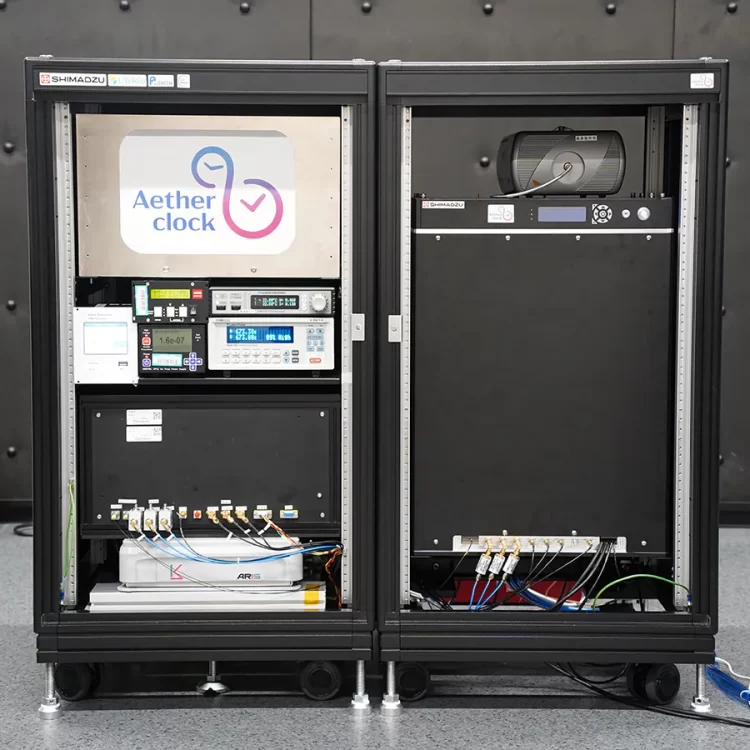
Created by Japanese manufacturer Shimadzu Corp, the Aether Clock OC 020 is a strontium optical lattice clock advertised as the most accurate clock in the world and sold for over $3 million. The world’s most accurate clock looks less like you’d imagine and more like a small refrigerator. Its rectangular case is around three feet […]
Company Unveils World’s First Biological Computer Based on Human Brain Cells

The CL1 is an innovative biological computer that combines living cultured human brain cells with silicon hardware in an advanced computer case that also acts as life-support for the cells. Australian biotech company Cortical Labs recently made international news headlines by announcing what it calls “the world’s first code deployable biological computer.” The innovation behind […]
Synthetic Human Features 1,000 Artificial Muscles, Sweat-Like Cooling System
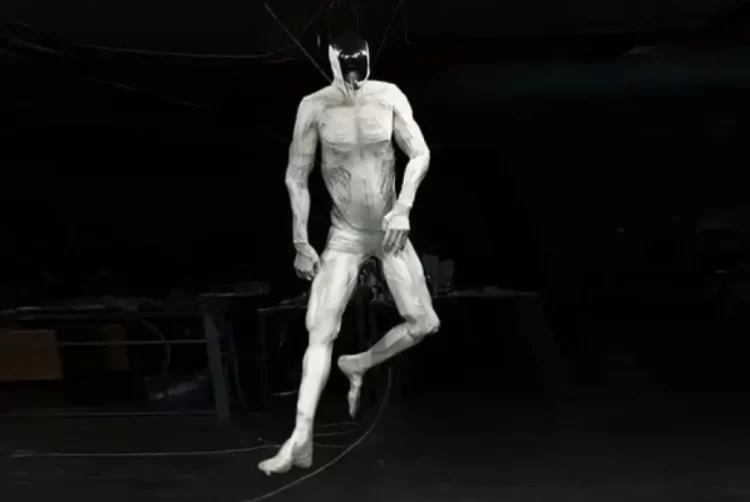
Developed by the American-Polish company Clone Robotics, Protoclone is a unique humanoid robot that features a skeleton based on 206 human bones, 1,000 artificial muscles, and a water-based cooling system. Clone Robotics first attracted attention online back in 2021, when it released a series of videos showcasing its artificial muscle system based on the McKibben […]
Black Panther – Chinese Researchers Build World’s Fastest Quadruped Robot

Scientists at China’s Zhejiang University recently announced that their Black Panther robot has achieved a constant speed of 10 meters per second, a world record for quadruped robots. Black Panther has been in development at Zhejiang University’s Hangzhou International Science and Technology Innovation Center since 2018, but over the first six years, scientists struggled to […]
New Humanoid Robot Stuns Internet with Its Smooth Walking Ability

Chinese robotics startup Engine AI recently launched a new humanoid robot that stunned everyone with its natural human-like gait which many attributed to CGI. Major robotic companies around the world have been trying to replicate the smooth human gait in their humanoid robots for decades, with relatively modest results, but last October, Chinese company Engine […]
The World’s Largest Combustion Engine Uses 250 Tons of Fuel a Day
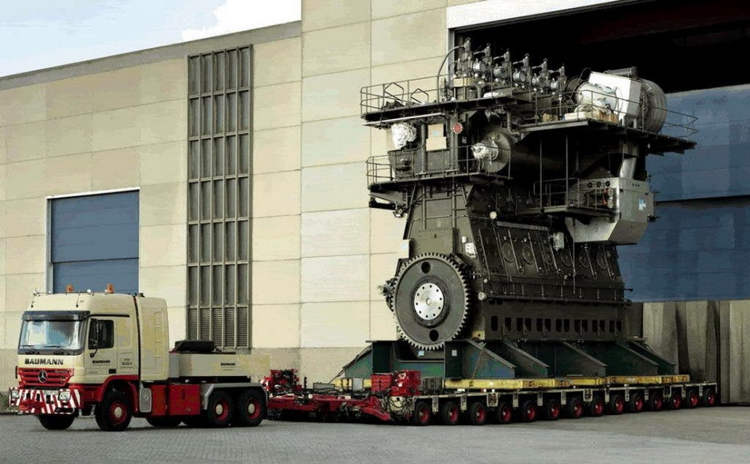
Designed to power giant container ships, the 14-cylinder Wärtsilä-Sulzer RTA96-C two-stroke turbocharged diesel engine is the world’s largest combustion engine. Measuring thirteen meters high, twenty-six meters long, and weighing a whopping 2,300 tons, the 14-cylinder Wärtsilä-Sulzer RTA96-C is a metal monstrosity worthy of the title of ‘largest combustion engine ever built’. The giant crankshaft alone […]
